There has never been a more important time to raise a conservationist. Every day headlines bring more bad news about droughts, climate change, melting polar ice, threatened species and deforestation. I couldn’t blame you for being depressed.
Yet there is room for hope, and perhaps the best way to ensure a better world for our children is to raise a conservationist right in your own home.
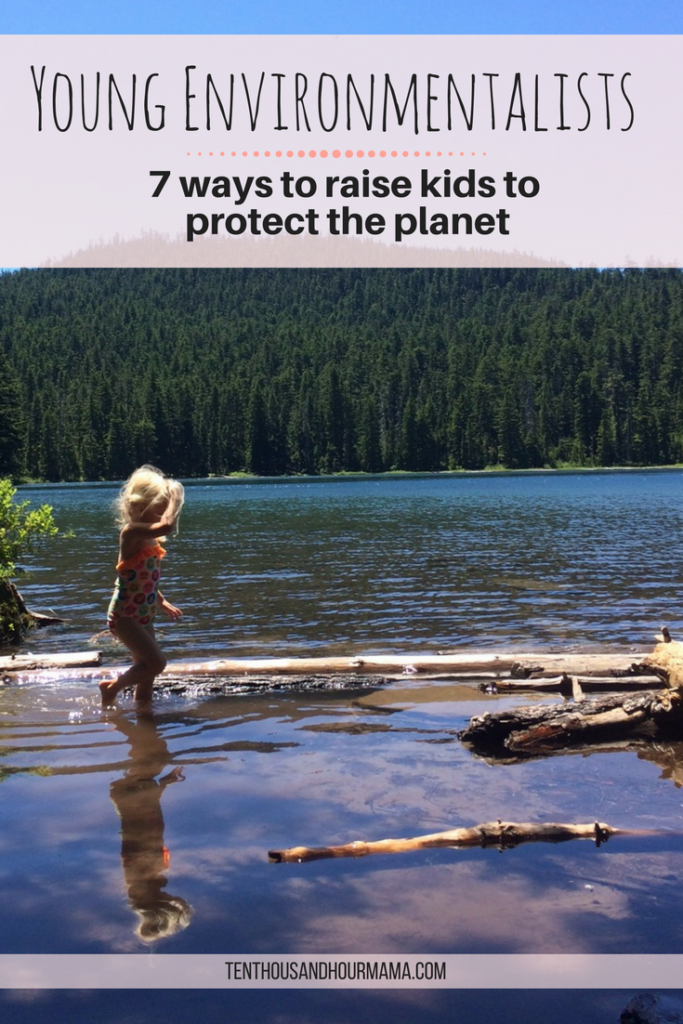
After all, kids are more likely to teach each other lessons that will stick. (Have you ever heard a kid tell a peer to recycle something or turn out the lights? They’re way more likely to listen than to another parent’s lecture!)
Kids also encourage their families to make positive changes for the environment. I remember becoming a vegetarian in high school, largely because of environmental reasons, and sharing what I learned with my parents. I definitely didn’t convert anyone (nor was I trying to), but my parents started to serve more plant-based foods that had a smaller environmental impact.
Perhaps the most impactful (and easiest) way to raise a conservationist is to simply get outside: A study from Cornell University found that the more time a child under the age of 11 spent outdoors, the more likely he or she was to care about the environment as an adult. The impacts of Vitamin N, as outdoor time is sometimes called, translate into action, too: Adults who spent time outside when they were growing up were more likely to take action to protect the environment.
You don’t have to stop there, though. These 7 ways to raise a conservationist won’t take a ton of effort but can mean a world of difference for the planet.
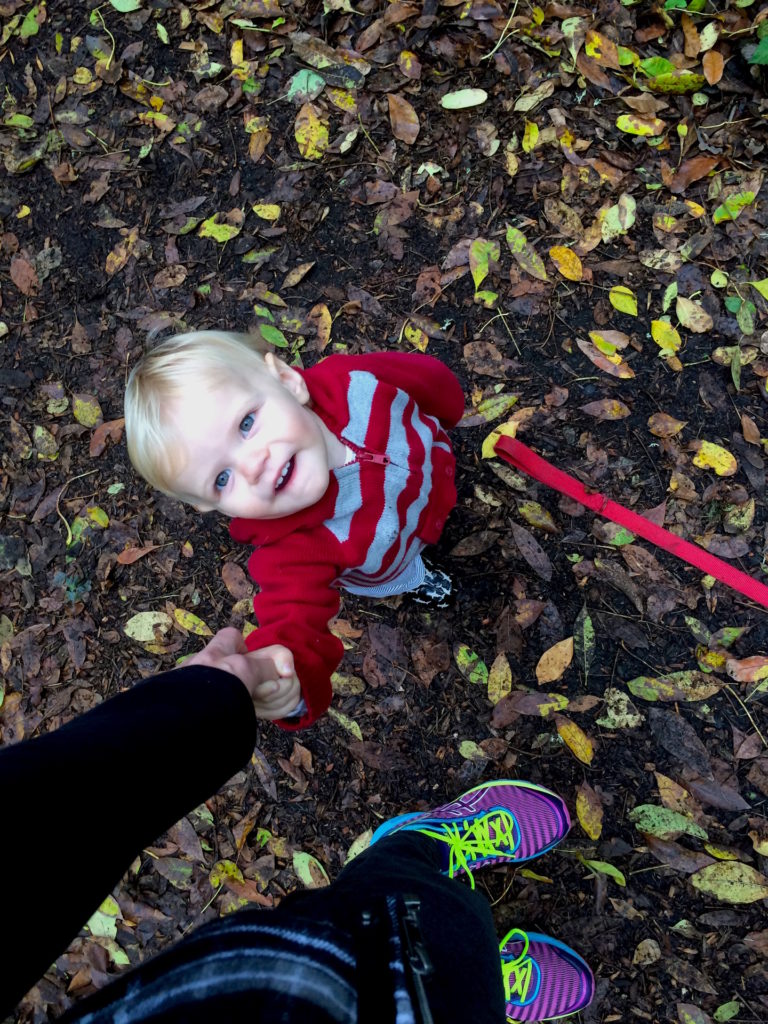
7 ways you can raise a conservationist
Pick up litter.
Before you leave the park, make it routine to pick up one piece of trash each. This teaches your kids to leave the outdoors cleaner than when you arrived. (Just talk about why so they make the connection between that candy wrapper on the ground and the safety of animals downstream.)
Name what you see.
Learn the names of the different plants and animals you see. Being able to tell the difference between a Douglas fir and a ponderosa pine, for example, shows kids that all trees are not the same—and each deserves to be valued. (It’s also a great way for you to learn something together if you can’t name local wildflowers, for example!)
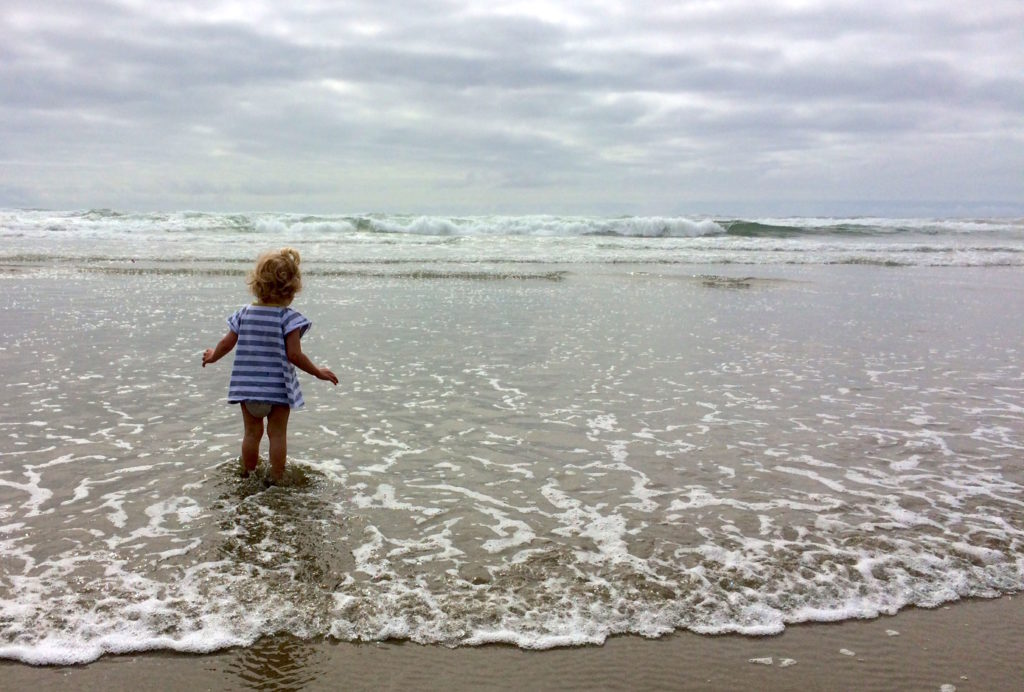
Enjoy different landscapes.
Explore forests, prairies, deserts and the coast together to show your kids the diversity of the planet.
Appreciate interconnectedness.
It’s difficult for kids (and adults!) to understand the connection between turning down the thermostat and preserving polar bear habitat; bring the idea of conservation down to their level by making the interconnectedness of the planet real. When you bring reusable bags to the grocery store, for example, point out that you don’t have to use paper or plastic sacks. “If we don’t use paper bags, people don’t have to cut down as many trees. That leaves more trees to clean the air and for animals’ homes.” Then bring the topic back around to your kids. “What’s your favorite animal that lives in a tree?”
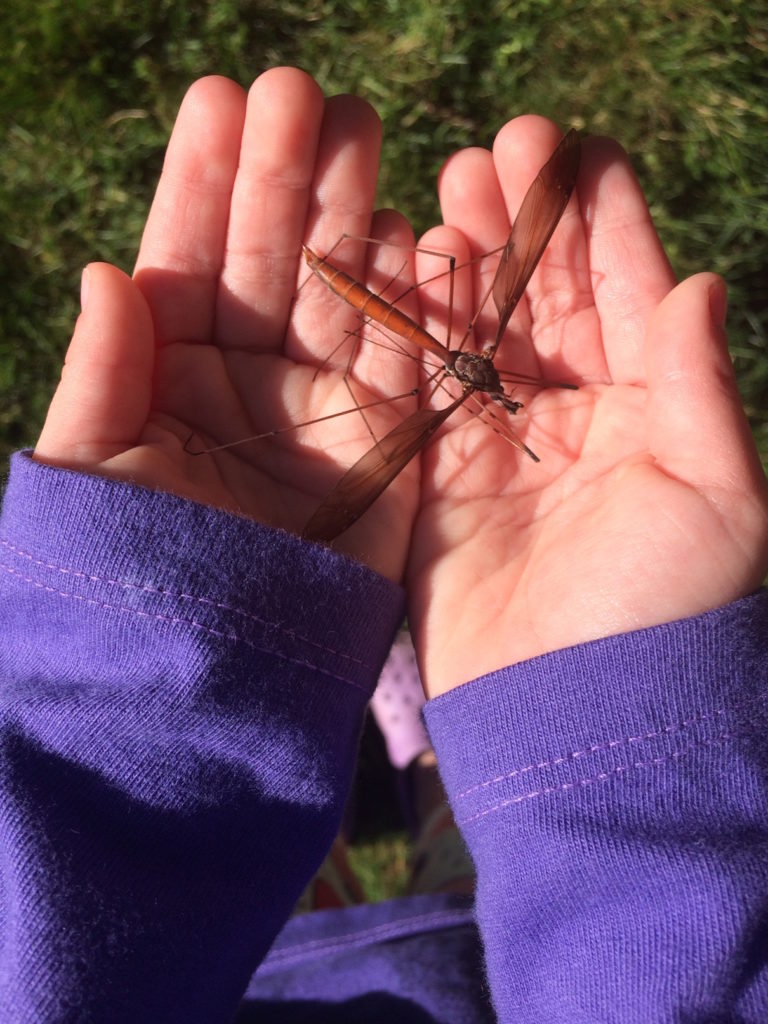
Take an animal’s perspective.
Kids already identify with animals—my preschooler, for example, spends about half her day pretending to be a dog—and you can use that empathy to raise a conservationist. Ask your child to think about the environment from an animal’s perspective. How would it make a home or build a nest if the trees were cut down? How would it find food it the ocean were filled with plastic trash? A study from California State University, San Marcos found that people who identified with animals grew more concerned about the environment than those who tried to be objective.
Cultivate a bond with the environment.
No surprise here: Getting outside and having fun, whether in a park or in the wilderness, makes kids feel more positively toward the environment. The more we can encourage this positive association (by playing outside as a family, for example), the more kids will automatically protect the environment. A study in China found that kids’ subconscious attitudes toward the outdoors determined how likely they were to make choices that were good for the planet.
Do your part.
You and your family already do a lot to protect the planet. When your kids chip in to help the environment, praise them—and explain how their efforts are making a positive impact. When you talk to them about how small actions can help things they care about, like whales or their favorite mountain hike, they’re more likely to continue to protect the planet. For example:
- Recycling. “Thank you for putting that paper in the recycling bin! Now someone can make that into something new instead of cutting down another tree. That leaves more trees for us to enjoy!”
- Turning off the lights. “I see that you turned off the light when you left your bedroom. Saving electricity keeps pollution out of the air so we can breathe, run and play outside.”
- Saving water. “Wow, you’re saving so much water by turning off the tap while you brush your teeth. When we save important resources like water, we won’t run out—and that means fish and other water creatures will have enough to swim in, too.”
- Skipping the car. “It’s so cool that you want to ride your bike to school instead of driving! Did you know that every time we walk or bike somewhere instead of driving, we keep pollution out of the air? What kinds of animals do you think like to have clean air?”
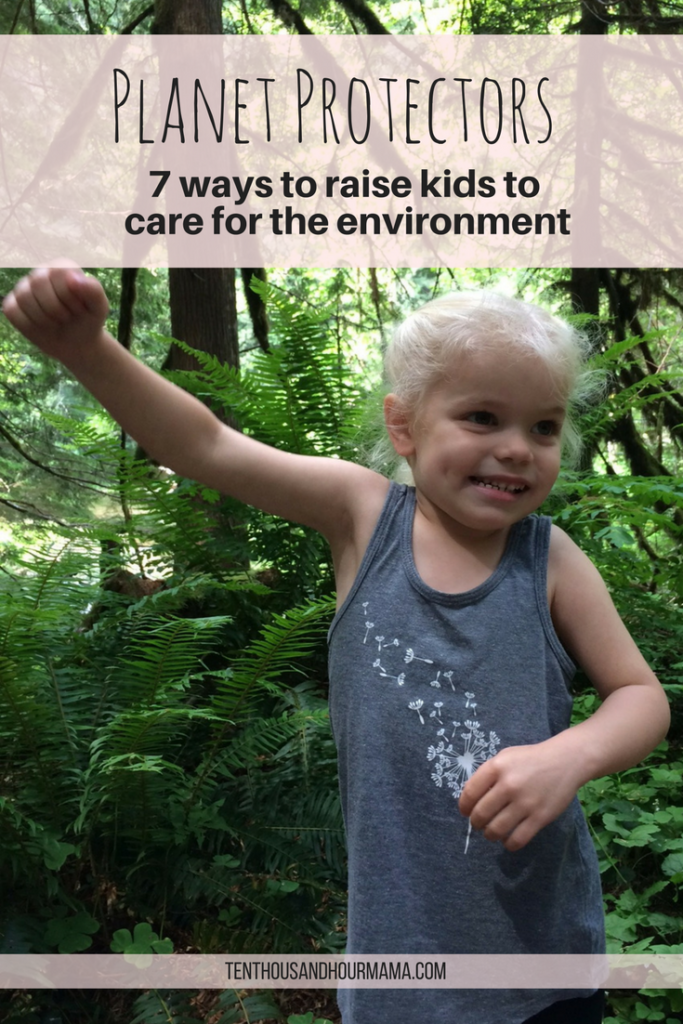
How do you encourage your kids to be stewards of the environment? Do you think it’s important to raise a conservationist?

My dad definitely used to make a point of us going together as a family to the recycling center – And he tried to make it fun. It was definitely just nice to have family bonding time together and it did make me appreciate the environment more.
Totally! I bet it was really helpful and interesting to see what happened to that tin can after you were done with it.
What a great thorough list that I definitely want to share with some other parents I know! I agree it’s important to include this as an everyday part of life and recognize and explain the actions and perspectives you take so it is meaningful to children rather than just repeating or doing what they are told
Pech recently posted…Recipe for Lentils with Roasted Tomatoes and Horseradish
Great article and so many easily actionable tips.
There is no time like the present to get started whether it’s as an adult or as a parent teaching a child.
I’m definitely going to share this post wherever I can.
Once again, you are giving me a wonderful set of tools to raise amazing kids. Thank you so much! Your kids are lucky to have to as their mom


Aw thanks Sahar! You’re too sweet. *kiss kiss*
These are all really great ideas and I love the one about thinking like the animal. We talked about animals being extinct yesterday and my kids were shocked. My daughter said we can’t kill the earth and I said to her we can and we are. Love this.
My kids learned about extinction recently from the show Wild Kratts, and now Peeper asks me if animals we read about are still alive. They are so ready to soak in lessons of conservation!